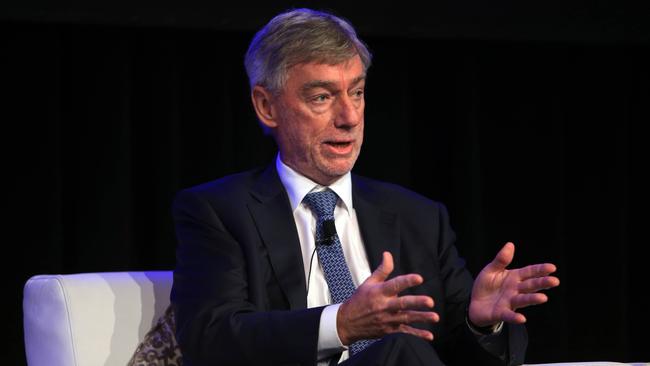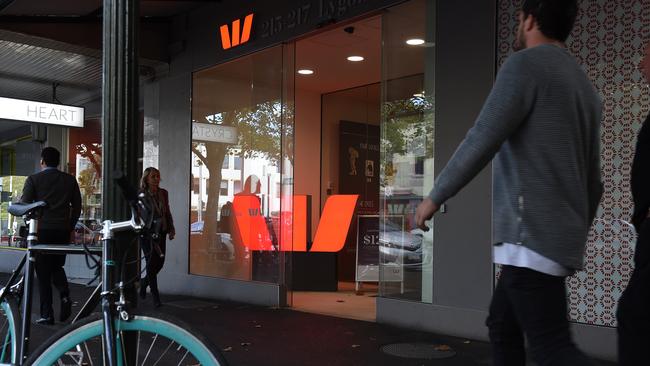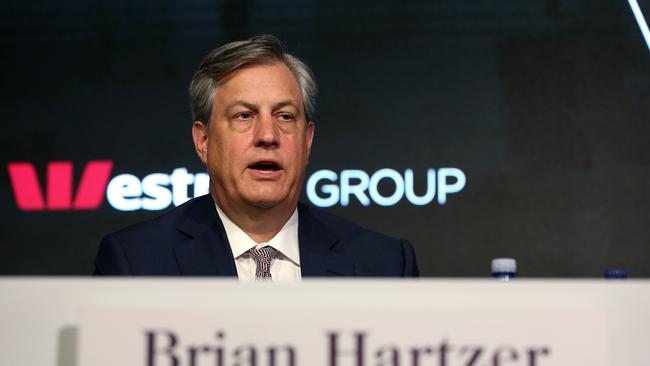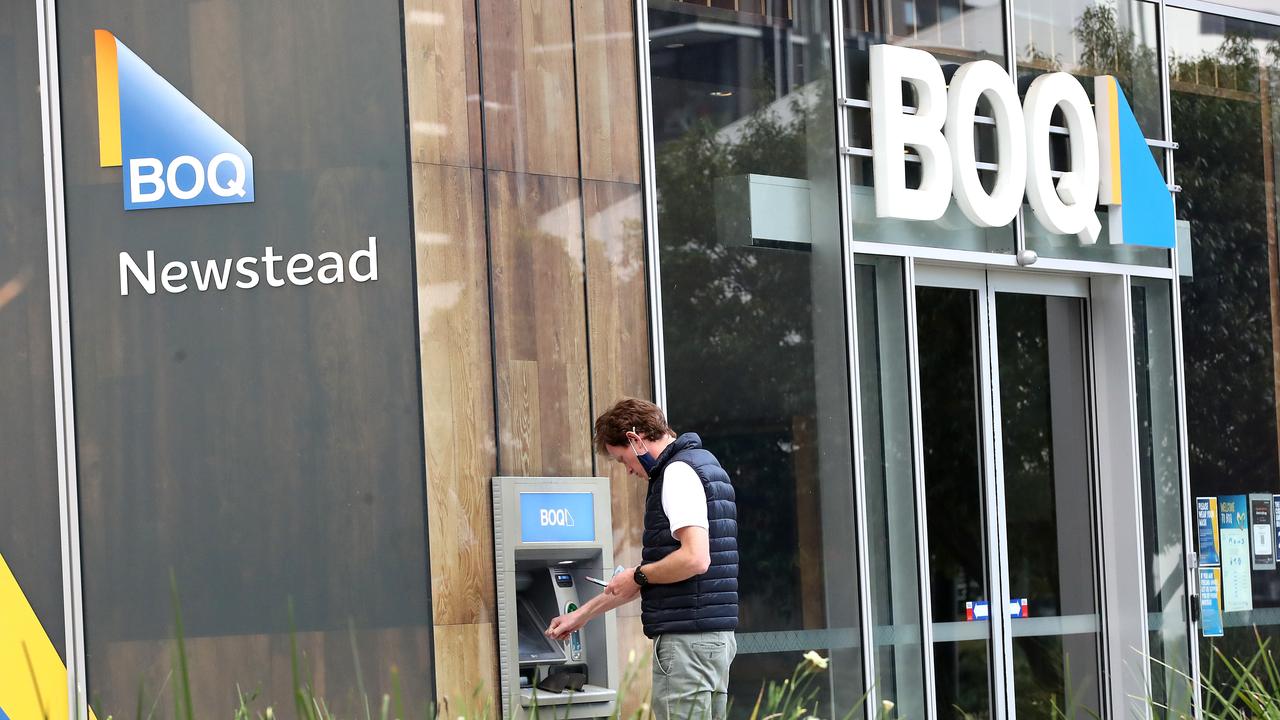
This column understands the board will convene on Friday following a late-night phone link up on Wednesday and a request for further information from Austrac.
Sources said the Lindsay Maxsted-led board was being kept abreast of developments through Thursday but a main agenda item for Friday’s link-up is to reconcile the accusations made by the financial crimes regulator and what was being reported to directors.
The most shocking aspect of the court action — the 12 customers associated to child pornography and sexual exploitation — and payments through its systems has raised the ire of some investors and painted the bank in the worst possible light.
READ MORE: PM puts heat on Westpac as shares tumble | Austrac case on child abuse horrors | Hartzer: I’ll stay and fix Westpac | Macquarie cuts Westpac forecasts after Austrac allegations | Westpac pays the price for technology complacency
Westpac has sought clarification from Austrac on a number of areas in the statement of claim, but particularly this killer paragraph: “These contraventions are the result of systemic failures in its control environment, indifference by senior management and inadequate oversight by the board.”
Sources said the board wanted to understand how Austrac formed that view and whether the regulator had previously communicated concerns around management “indifference” and to who.
Directors would then need to ascertain if the information was deliberately withheld by executives or whether it’s the case that there are two versions of events.

The “indifference” line was the one Westpac chief Brian Hartzer took umbrage at on Wednesday when he responded to media questioning on a conference call.
Disclosures by Westpac show the board was aware of the Austrac issues for several years. Sources said an update on the Austrac matters was provided and more facts were routinely sought at board meetings.
Either way, heads may roll following a more forensic look at the chain of events and management engagement with Austrac.
Westpac did self-report issues — including suspicious persons reports on suspect customers — but the regulator wanted much more action.
“Westpac promptly identified activity on one account that was indicative of child exploitation, but failed to promptly review activity on other accounts,” the court document said.

The statement of claim talks about the more than $11bn that moved into and out of Australia through Westpac’s banking relationships over six years and the deficiencies in its systems and resolve to get on top of the issues.
“Late reporting delays and hinders law enforcement efforts. Further, as Westpac did not always obtain full information about payers and payees, the ability to identify possible suspicious or unlawful conduct has been compromised or lost,” the legal document said.
One senior banker put it well: “If it harms Austrac from tracking down criminals, that’s when they really go hard.”
The international funds transfer instruction and LitePay products sit under Westpac’s institutional bank given the cross- border and bank-to-bank funds flows. But the risk and compliance areas also have a large role to play.
The broader allegations by Austrac — 23 million breaches — touch many divisions of Westpac.
Entangled are the institutional bank, which has been run by Lyn Cobley since 2015, and the risk and financial crimes units, which are overseen by head of risk David Stephen.
Stephen was only appointed to that position in October last year. He took over from Alexandra Holcomb, a longstanding Westpac executive who held a number of roles such as general manager of transaction banking and head of strategy in the institutional bank including overseeing global payments.
Total indifference
McLean Roche Consulting’s Grant Halverson, a payments stalwart and former executive at Citibank and Diners Club, says the Westpac anti-money laundering and counter terrorism finance (AML/CTF) case is indicative of a broader issue at Australian banks.
He was also previously head of electronic payments software firm GFG Group and encountered a lot of resistance from banks on the topic of compliance spend.
“The attitude in Australia, and by implication in New Zealand, to AML/CTF was total indifference by senior execs.
“The fraud, security and compliance folks constantly complained of lack of support and decisions from senior execs … unless a business issue was part of their KPIs and bonuses they simply didn’t want to focus on it,” Halverson said. “Compared to their Asian counterparts the average exec knew very little and was simply not interested.”
The consequences have been brutal for CBA and now Westpac, while NAB is probably next in line after reporting breaches relating to its ‘”now your customer” legal requirements.
Halverson said the almost 1000 fintechs in Australia and lenders that used internet or mobile apps were also exposed to money-laundering. “Investors should be very careful.”
Offshore regulators have taken a big stick approach to anti-money laundering and counter terrorism financing and compliance failings in some cases have been at a much bigger scale.
Danske Bank, for example, is the subject of probes across Europe and the US for not monitoring about $US220bn that went through its non-resident unit in Estonia from 2007 to 2015. Deutsche Bank is also embroiled in the controversy after its compliance staff raised the alarm.
In the UK, the Office for Professional Body Anti-Money Laundering Supervision was set up to strengthen its regime while in the US the Treasury is charged with combating money laundering.
The court action against Westpac gives Austrac more global gravitas. But most concerning is that Australia is yet to implement a key tranche of global regulation that captures real estate agents, accountants and conveyancers and forces those industries to report suspicious transactions.




It’s make or break for the Westpac board on Friday when a key meeting is held to dissect the spectacular controversy of this week and potentially make tough calls around culpability.